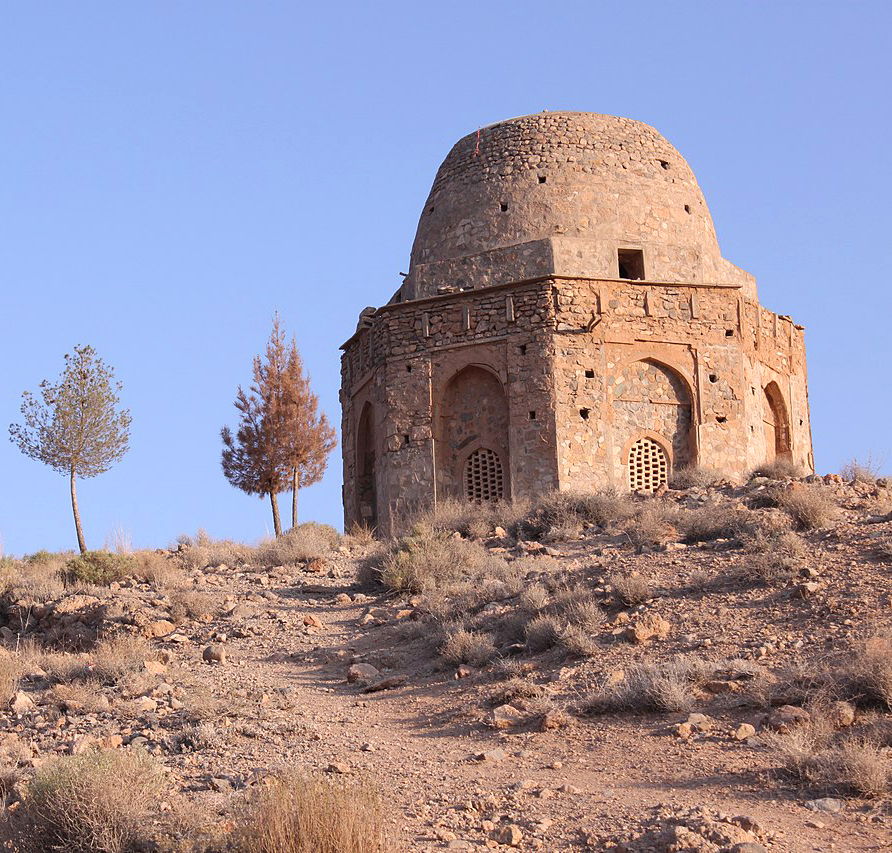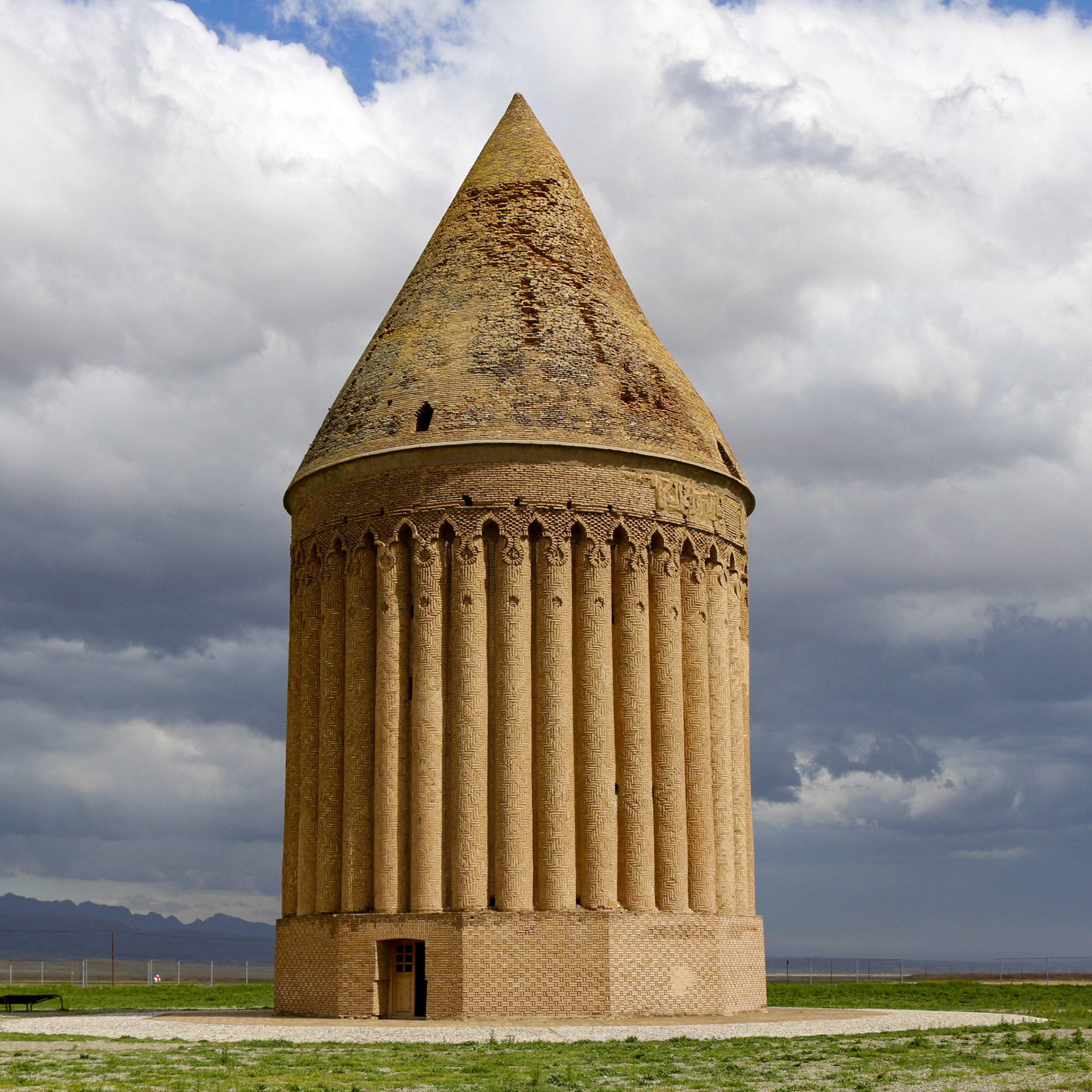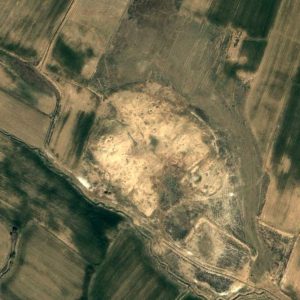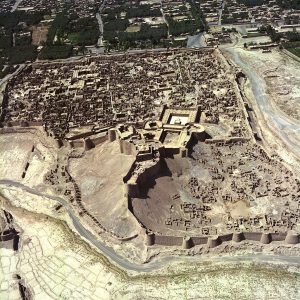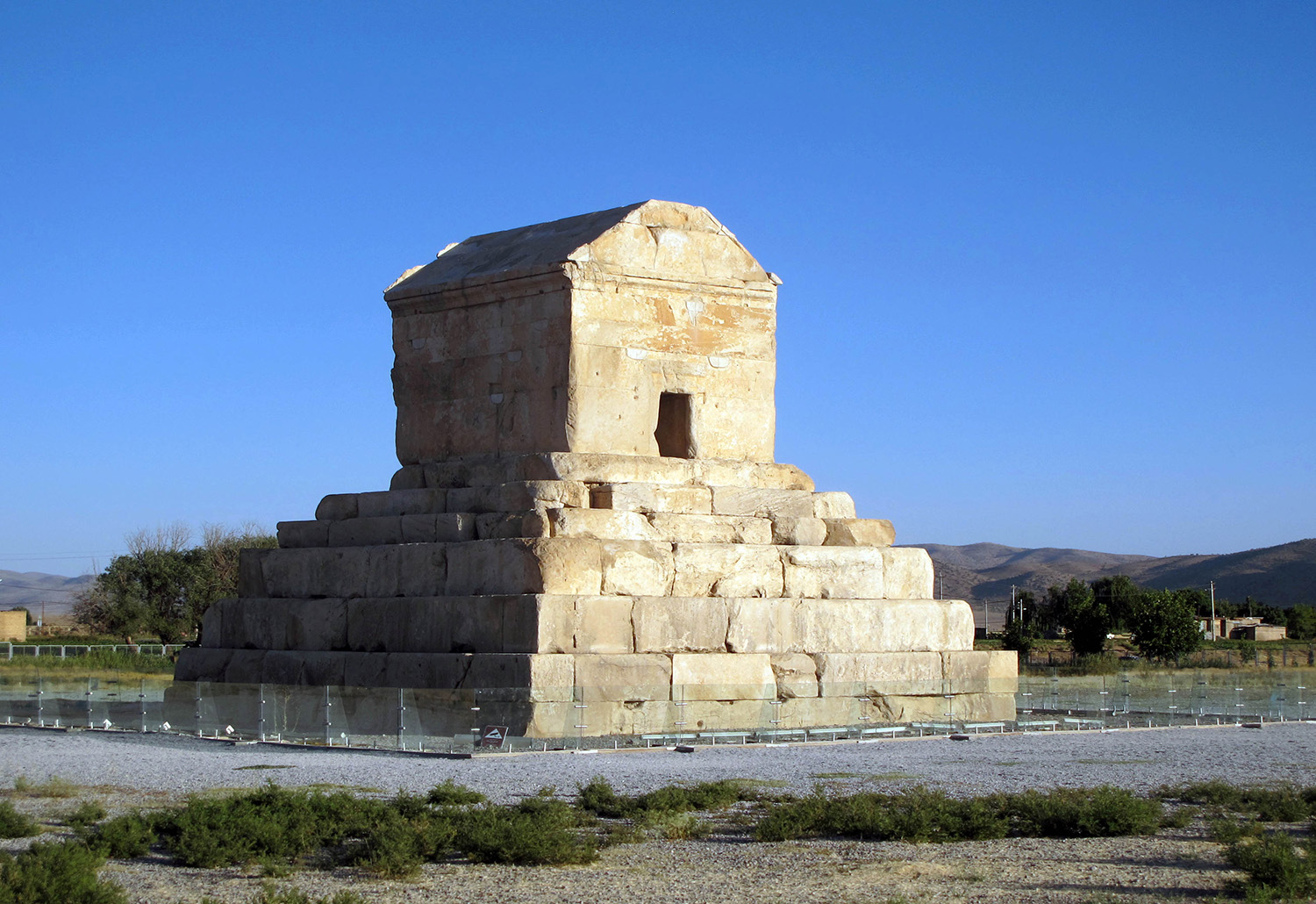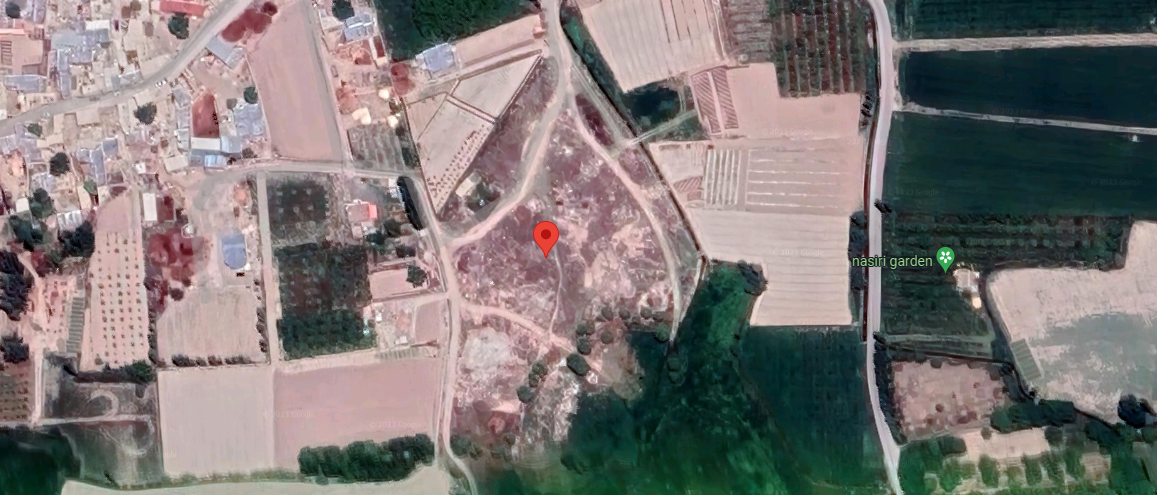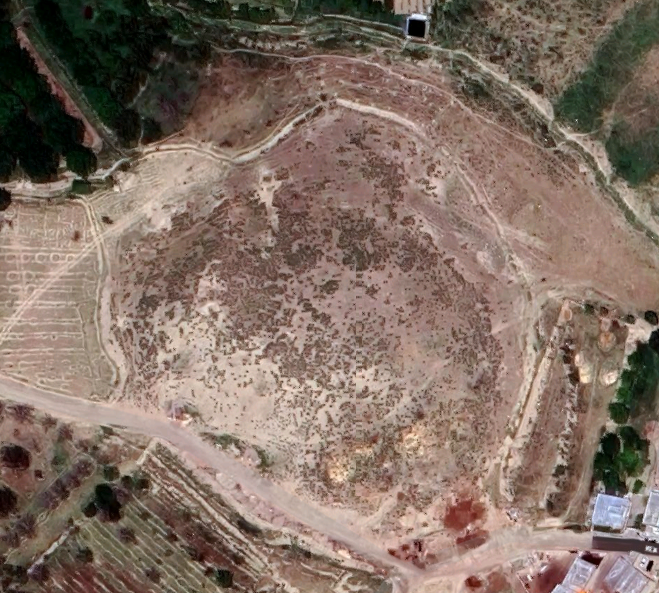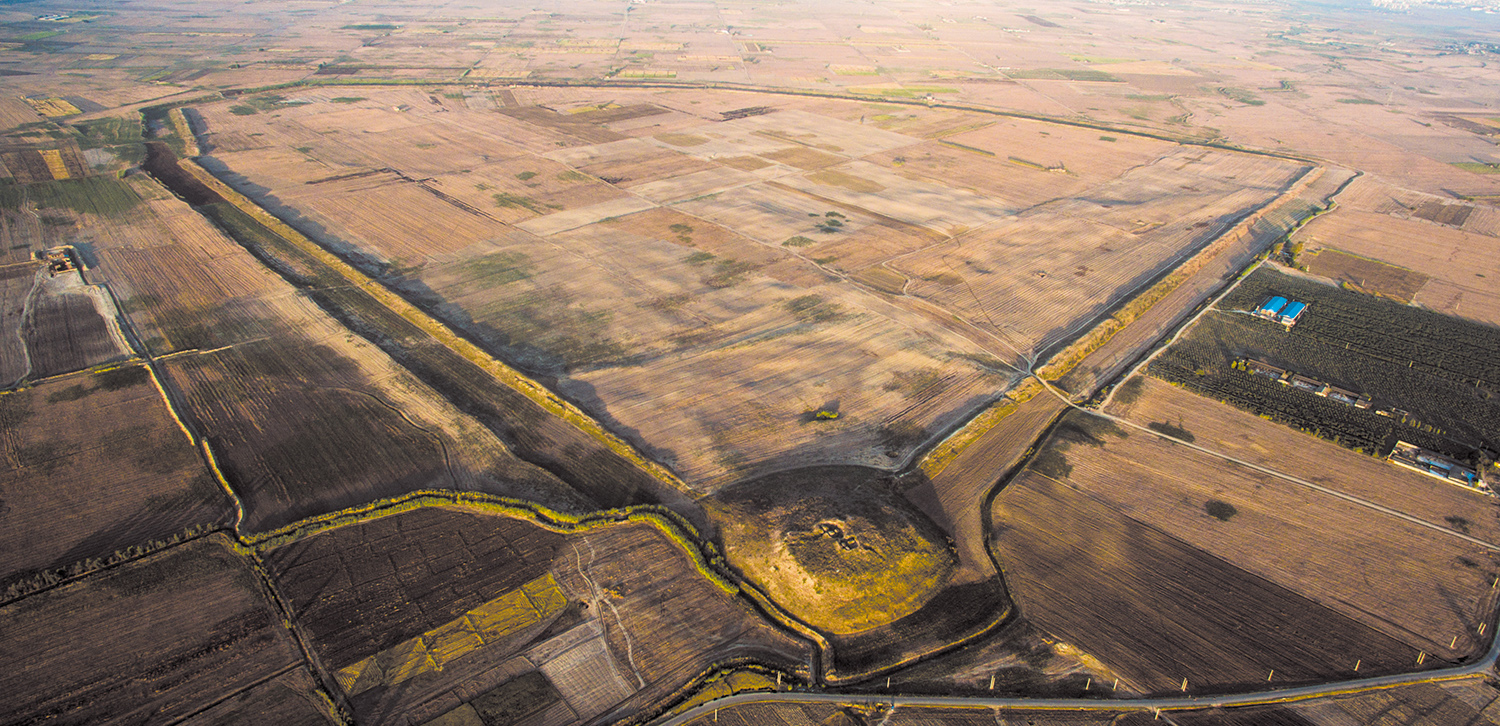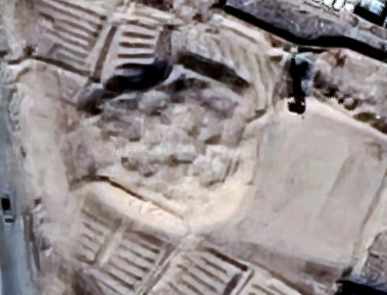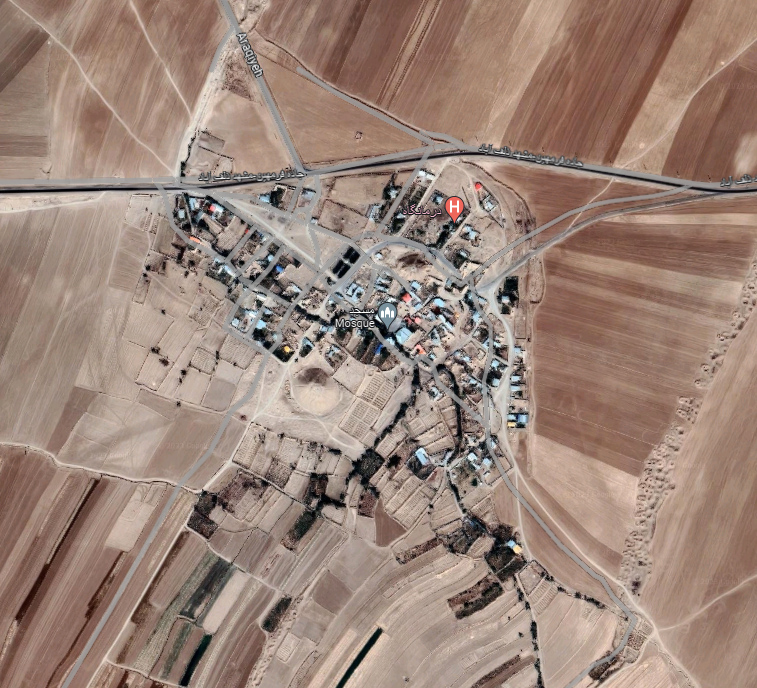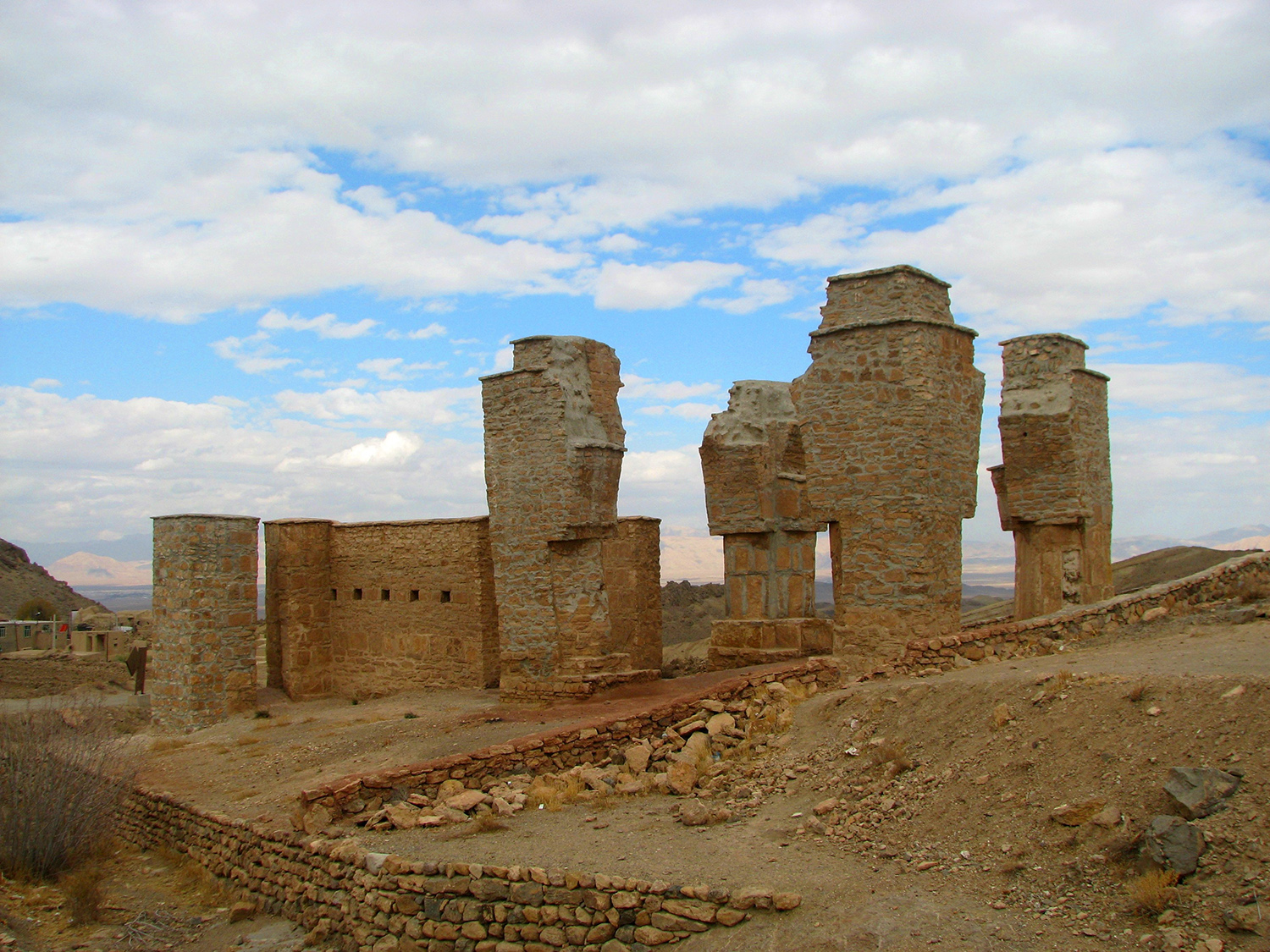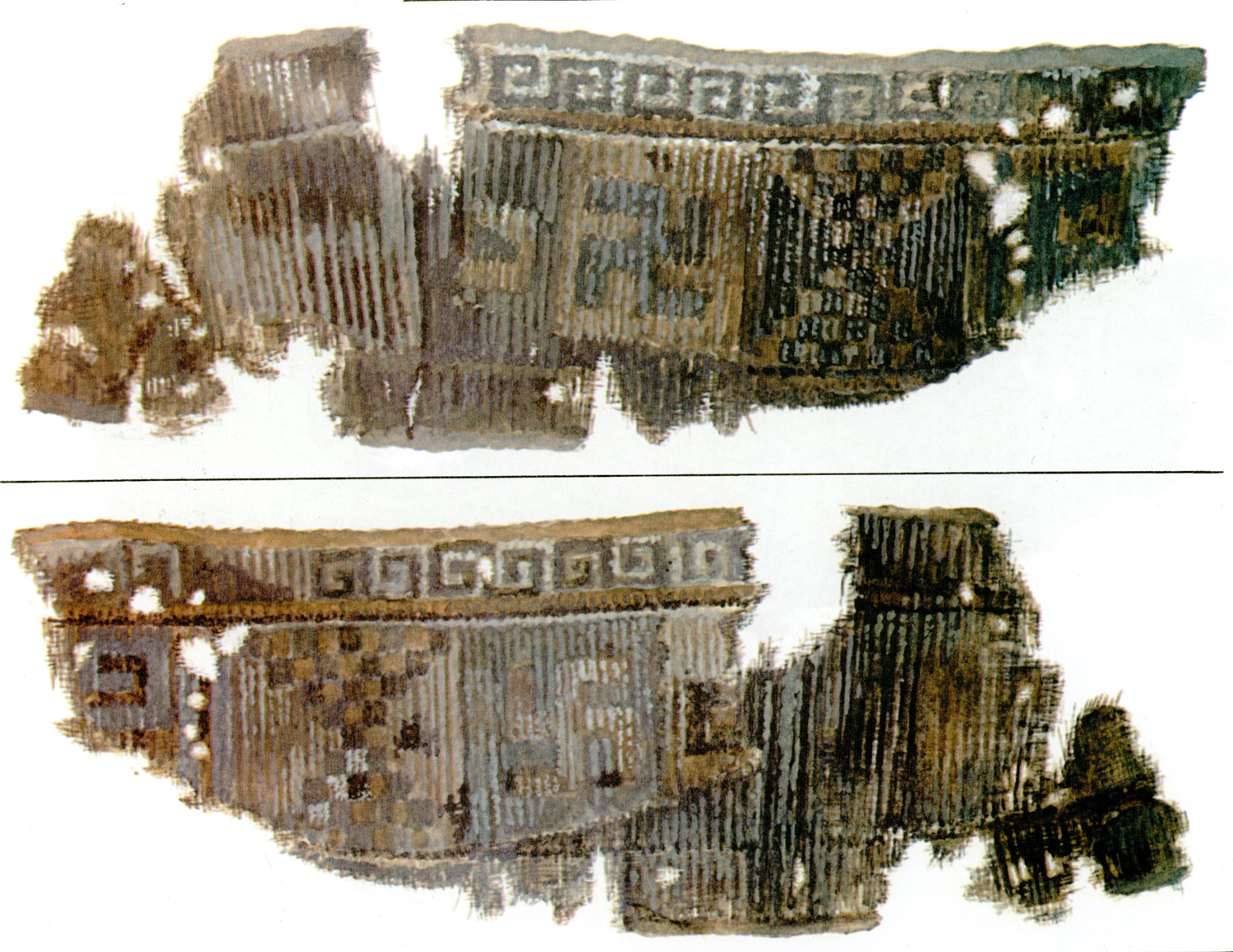Qara Tepe Sheykh / Qal’eh Tepe Sheykhقلعه تپه شیخ/قره تپه شیخ
Qara Sheykh Tepe/Qal’eh Sheykh Tepe قره شیخ تپه/قلعۀ شیخ تپه
Location: Situated in the fertile plain of Gōrgān in northeastern Iran, Golestan Province.
37°29’03.7″N 55°29’15.4″E
Map
Historical Period
Bronze Age, Iron Age, Parthian, Islamic
History and archaeology
Qara Tepe Sheykh is located 35 m northeast of Gonabd-e Qābūs, between the two villages of Tamer Qara Qūzi in the north and Qara Tepe Sheykh in the south. It is one of the major walled sites in the region, covering roughly 12 hectares and rising to 50 m above the surface of the plain. Based on the scattered surface pottery, the site seems to have a long archaeological sequence from the third millennium B.C. with a red painted pottery similar to that of Shah Tepe III; then, appears the distinct gray ware of the Late Bronze Age/Early Iron Age; grey ware of the Parthian period, and glazed ware of the Islamic period. Mohammad Yusef Kiani identifies the walled site of Qara Tepe Sheykh with the Parthian city of Dara. Justin attributes the foundation of Dara to Seleucus and writes (Justin’s Epitome, Book 41. 5):
…Dara on the Apaorten mountain, the situation of which is such that nothing could be more fortified or more pleasant. For it is surrounded by high cliffs on all sides, so that the protection of the place needs no defenders, and the surrounding land is so abundant that it is filled with its own resources; There is such an abundance of springs and forests that water is plentiful, and the pleasures of hunting are furnished.
Archaeological Exploration
Qara Tepe Sheykh was first visited and recorded by Mohammad Yusef Kiani during his survey and excavations in the plain of Gōrgān in 1974.
Bibliography
Kiani, M. Y., Parthian Sites in Hyrcania. The Gurgan Plain, Berlin, 1982, p. 47.
Author: Ali Mousavi, April 26, 2023
Originally published: April 26, 2023
Last updated: September 18, 2024








